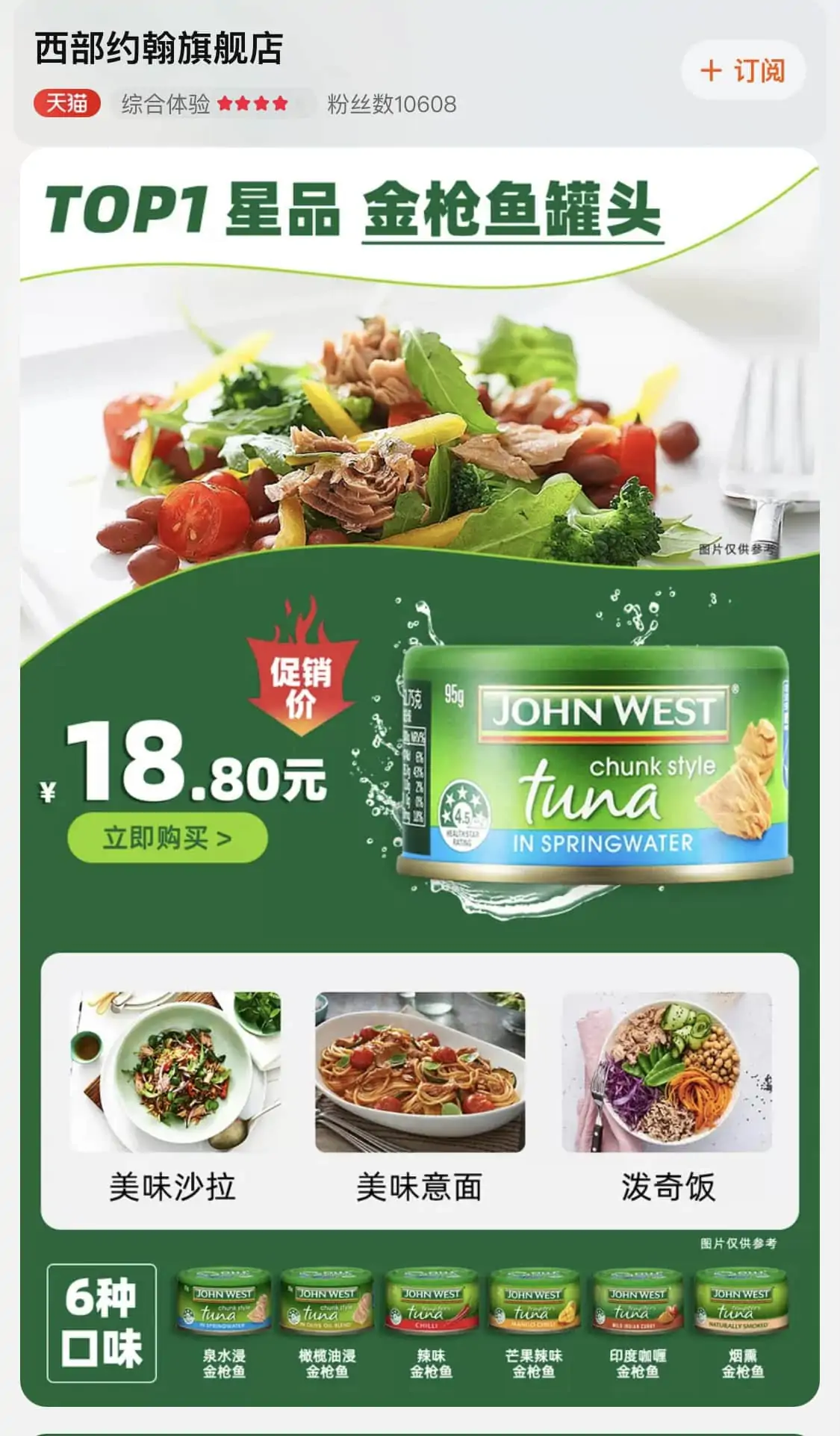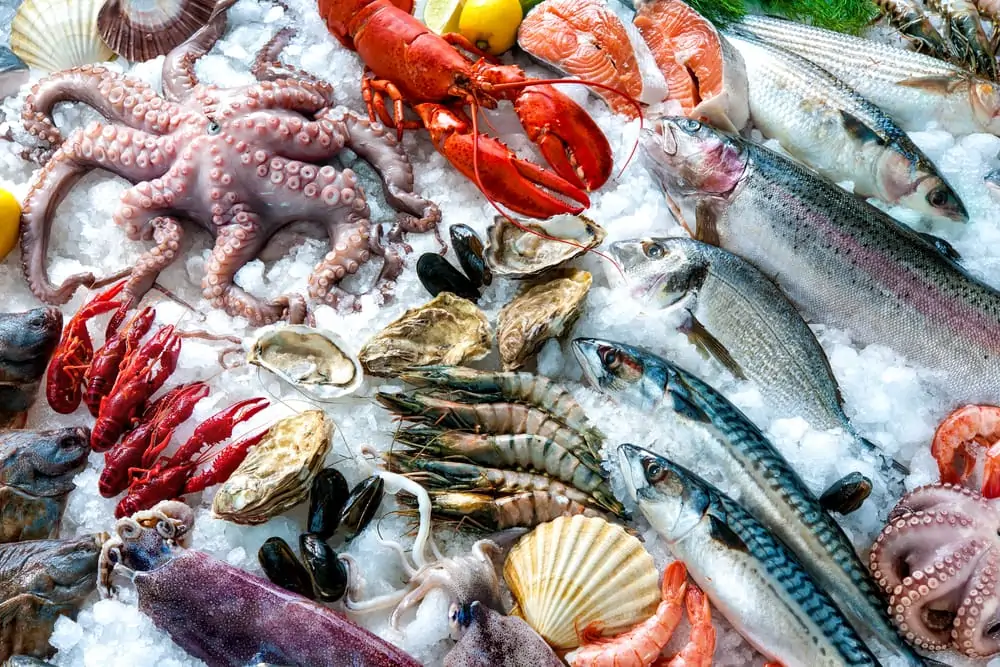Demand for seafood in China has risen in recent years not only due to the growing middle class, but the popularity of short videos and live streams promoting it, writes Elijah Cao of RedFern Digital
In 2009, Chinese consumers only made up 1% of the exports of Boston lobster from Canada or the US. Fast forward ten years to 2019, and the export volume had grown to 30%. Despite demand dropping during August 2020 due to fresh or frozen seafood being listed as a possible source of Covid-19 transmission, in the months that followed, demand has been recovering, with monthly imports catching up to pre-Covid-19 levels.
Nonetheless, many younger consumers made the shift to ready-to-eat products over fresh or frozen seafood, which some had previously avoided due to fears about the addition of preservatives or other artificial additives. Popular products among these consumers include self-heating hotpot packs or noodles.
Another trend that has led to the increase in interest in ready-to-eat products is the rising number of single, middle-class individuals living in cities, who lead busy and stressful lives that leave them with little time to cook for themselves. Seafood dishes pose an additional challenge to Chinese consumers due to complex preparation and cooking techniques, which has created a large market for ready-to-eat seafood products.
Ready-to-eat seafood products can easily be found on e-commerce platforms like Tmall and JD.com, with both foreign and domestic brands launching products that include canned tuna, seafood salad and grilled eel. John West, an Australian tuna brand, has been able to provide products that fit into this niche, offering both canned and ready-to-eat meal replacement tuna products. More and more domestic brands have also begun launching already cooked seafood products for sale.
These ready-to-eat seafood products have received positive feedback from young Chinese consumers. On the popular social media platform Xiaohongshu, there are nearly 10,000 articles or posts on the topic of ready-to-eat seafood.

The homepage of John West’s Tmall store
However, foreign brands looking to enter this niche market need to ensure that their products are premium, high-quality and healthy in order to compete with local brands. Important points of differentiation that need to be communicated through marketing can include the lack of additives or preservatives, and special packaging technology that ensures long shelf-life or freshness.
Important points of differentiation that need to be communicated through marketing can include the lack of additives or preservatives, and special packaging technology that ensures long shelf-life or freshness
In addition to a rising demand for ready-to-eat seafood products, smaller packaging formats are also gaining popularity in China because of smaller family sizes and the preference among the previously mentioned consumer group, working singles, to live alone. Often, younger working Chinese consumers will not purchase large quantities of groceries or food products at once due to their preference for fresh ingredients and their inability to consume all the produce before it expires. To adapt to these circumstances, Hema, a fresh food market that integrates online and offline channels, has launched a series of product packaging types that are smaller in size and specifically targeted towards this consumer group.
For seafood products, the reasons preventing Chinese consumers from purchasing large quantities at once is the relatively expensive price tags and the fear of food waste. As a result, reduced packaging for seafood products is also showing potential in the markets.
With Covid-19 largely contained within China, demand for seafood has recovered, although it has not quite reached pre-Covid-19 levels. For brands operating within the frozen seafood sector, ensuring that cold-chain logistics networks are completely safe and uncontaminated is now a necessary step. Before making a purchase, consumers can check to see if products were tested for contamination by Covid-19 at each step of the cold chain process. In fact, many e-commerce platforms in China have already implemented regulations that require seafood products to pass safety checks and proof of testing before they qualify for sale. Brands that are able to clearly provide testing results will be able to reassure consumers of the safety and quality of their products at the time of delivery.




